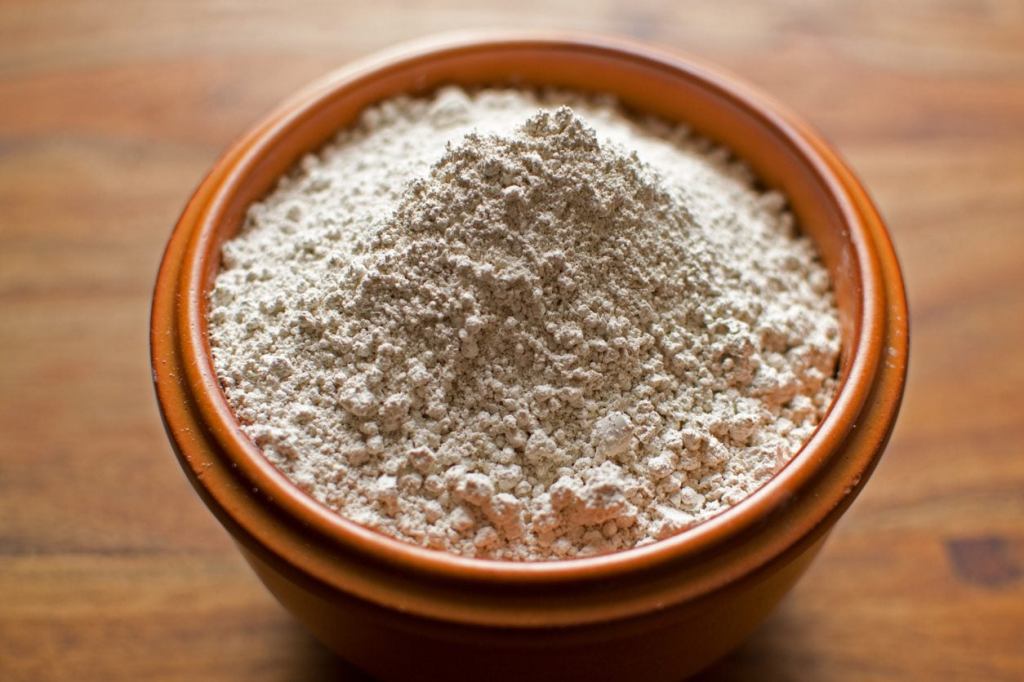Diatomaceous Earth: A Natural Wonder for Rural Living and Homesteading
Living in a rural area or on a homestead often comes with its fair share of challenges. From pest control to livestock health, finding natural and effective solutions can be a top priority for many people seeking to live closer to nature. One such solution that has gained popularity in recent years is diatomaceous earth (DE). This unique substance, made up of fossilized remains of ancient aquatic organisms called diatoms, offers numerous benefits for those looking to maintain a healthy and sustainable lifestyle.
What is Diatomaceous Earth?
Diatomaceous earth is composed primarily of silica, a mineral found abundantly in the Earth’s crust. It is formed from the fossilized remains of microscopic algae-like plants known as diatoms. These diatoms lived in bodies of water millions of years ago and left behind their intricate exoskeletons which eventually became compacted into deposits over time.
The resulting DE consists mainly of amorphous silica but may also contain small amounts of other minerals like calcium, magnesium, or iron depending on its source. It typically appears as a fine white powder with an abrasive texture.
Types of Diatomaceous Earth
There are two main types of diatomaceous earth available: food-grade and industrial-grade. Food-grade DE is safe for consumption by humans and animals when used as directed. On the other hand, industrial-grade DE should not be ingested due to potential impurities that could harm living beings.
Food-Grade Diatomaceous Earth Uses
1. Pest Control
One significant advantage of using food-grade DE on your rural property or homestead is its effectiveness against pests. The microscopic structure of diatoms gives DE its abrasive qualities, making it lethal for insects while being harmless to mammals.
When sprinkled around areas where pests reside or enter your home – such as windowsills, doorways, or garden beds – DE acts as a natural barrier. As insects come into contact with the powder, it absorbs their waxy outer layer, causing dehydration and ultimately leading to their demise.
2. Livestock Health
Diatomaceous earth can also serve as an effective natural remedy for livestock health issues. When added to animal feed or bedding, DE can help control internal parasites like worms by damaging their exoskeletons upon ingestion. This makes it a valuable tool for organic farmers who seek alternatives to chemical dewormers.
Furthermore, DE can be used externally on animals’ coats or feathers to combat fleas, ticks, lice, and mites. By dusting the affected areas with DE regularly, you create an inhospitable environment for these pests without exposing your animals to harmful chemicals.
3. Organic Gardening
For avid gardeners practicing organic methods of cultivation, diatomaceous earth is a valuable asset in pest management. By sprinkling DE around plants or directly onto pests themselves (such as slugs or snails), you can safeguard your crops from infestations without resorting to synthetic pesticides.
Additionally, since diatoms are rich in silica – an essential nutrient for plant growth – using DE in the garden promotes healthier root development and improves overall soil structure.
4. Household Uses
Beyond its applications outdoors, diatomaceous earth has various uses inside your home too! It can be used as a gentle abrasive cleaner on surfaces like sinks or countertops due to its fine texture that helps remove stains and grime effectively.
DE is also known for its odor-absorbing properties; therefore, it works wonders as a natural deodorizer when sprinkled on carpets before vacuuming or placed in pet areas prone to odors.
Industrial-Grade Diatomaceous Earth Uses
While industrial-grade diatomaceous earth isn’t suitable for consumption due to potential impurities such as higher levels of crystalline silica content, it finds applications beyond the realm of rural living and homesteading. Some common industrial uses include:
1. Filtration
Diatomaceous earth’s porous structure makes it an excellent filtration medium for various industries. From filtering water in swimming pools to clarifying beverages like beer or wine, DE effectively removes impurities while allowing desired substances to pass through.
2. Absorbents
Industries dealing with hazardous spills or oil leaks often rely on diatomaceous earth as an absorbent material due to its high absorption capacity. It can quickly soak up liquids, minimizing environmental damage caused by accidental releases.
Precautions When Using Diatomaceous Earth
While diatomaceous earth is generally safe for use, certain precautions should be taken:
1. Choose food-grade DE: Ensure you purchase food-grade diatomaceous earth for any applications involving direct contact with humans, animals, or plants.
2. Avoid inhalation: When handling DE powder, it is essential to wear a mask to prevent inhalation of fine particles that could irritate your lungs.
3. Protect beneficial insects: While DE is effective against harmful insects, it may also affect beneficial ones such as bees and ladybugs. Use DE sparingly and only where necessary, keeping in mind the impact on pollinators.
4. Store properly: Keep your DE in a cool and dry place away from moisture or extreme temperatures to maintain its effectiveness over time.
In conclusion, diatomaceous earth offers numerous benefits for those seeking natural solutions in rural living and homesteading practices. From pest control to livestock health management and organic gardening, this versatile substance proves its worth across various domains while minimizing harm to the environment and promoting sustainable practices.
Whether you’re looking to protect your crops from pests or ensure the well-being of your animals without resorting to harmful chemicals – diatomaceous earth might just become your new favorite ally!


Leave a comment